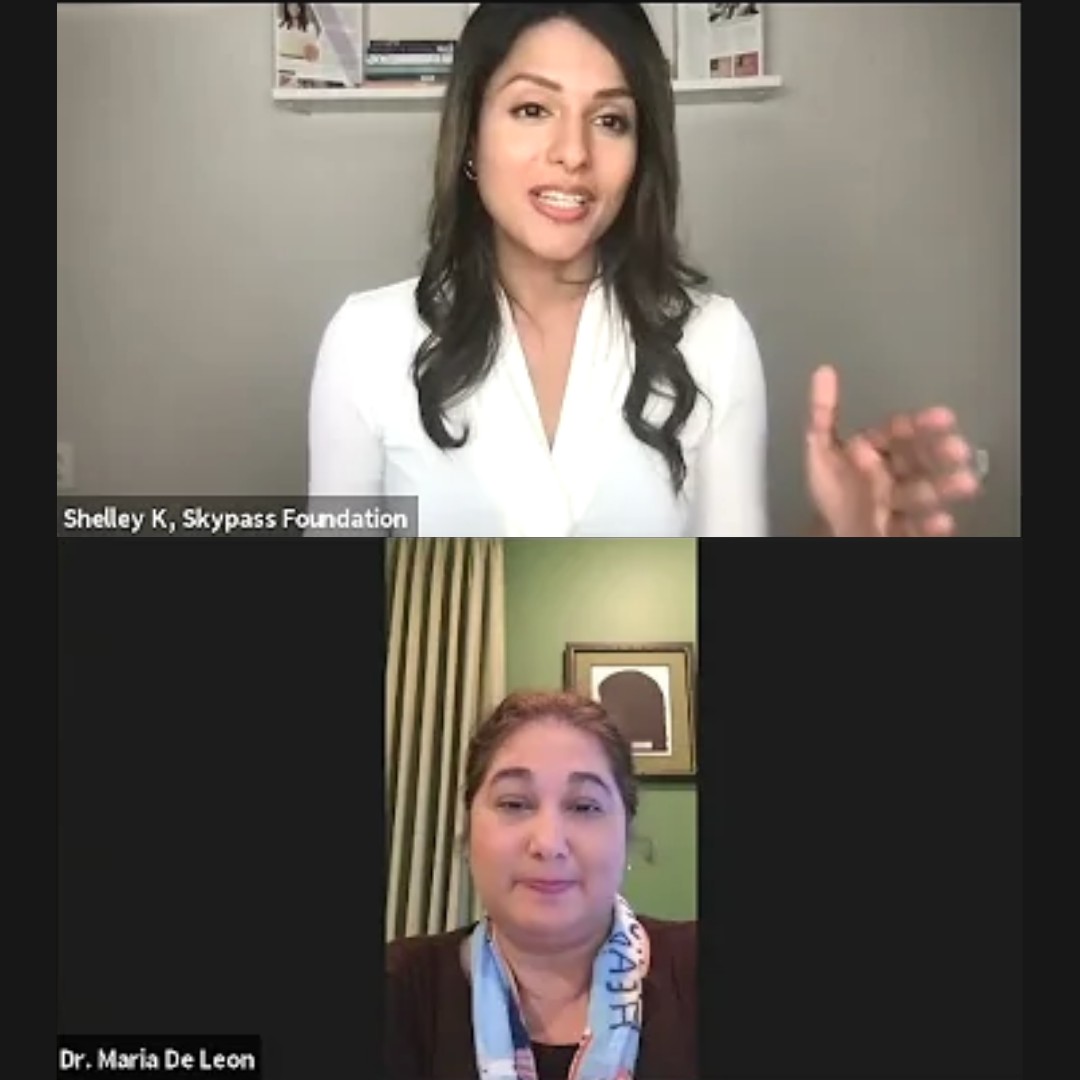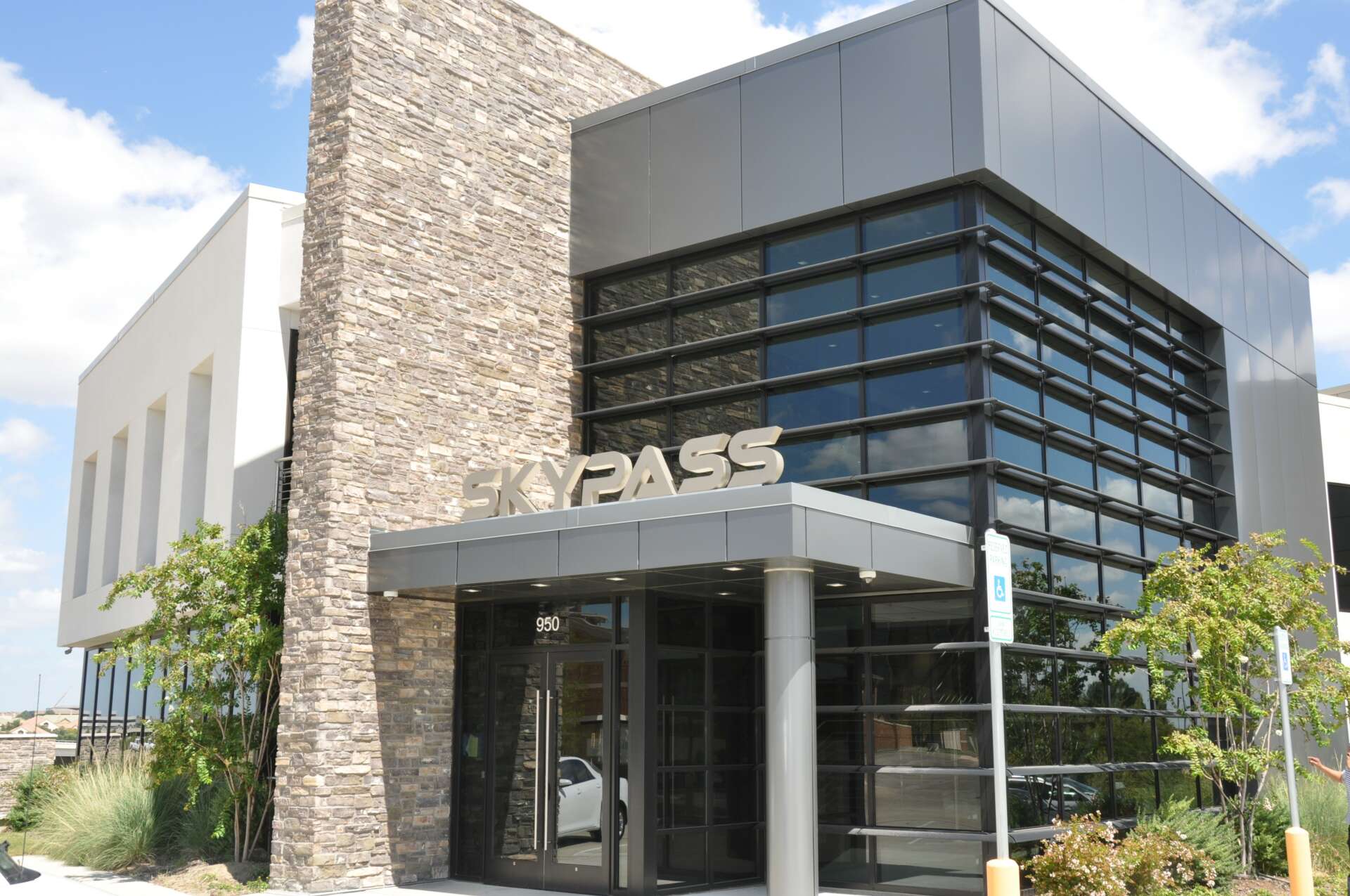We recently connected with Shelley Kurian and have shared our conversation below.
Shelley, thanks for joining us, excited to have you contributing your stories and insights. Alright, so you had your idea and then what happened? Can you walk us through the story of how you went from just an idea to executing on the idea
I had long wanted to combine my love for service and execution, and after a decade of owning and running an event planning company and a few years dabbling in consulting for small businesses, I was given the opportunity to serve as Executive Director of a brand new startup corporate nonprofit by the name of Skypass Foundation – and in many ways, it was (and still is) a dream job.
When I joined, Skypass Foundation was just an idea. It was a legally registered nonprofit that was established to serve the Parkinson’s community, but beyond that, it was a brand new baby that was mine to grow and nurture.
With no prior experience in nonprofit or in Parkinson’s, I was a fish out of water, to say the least, and I imagine that some reading this might be in similar situations where a crippling sense of incompetence makes it difficult to navigate the journey of taking an idea from conception to execution. But I have always been a believer in the principle of our lives being a series of steppingstones – one opportunity preparing us for the next and building on the previous, in ways that we don’t often realize at the time.
My entrepreneurial journey had prepared me for this position long before I knew it existed, and as someone that enjoys learning new things and executing ideas, what could have been an overwhelming, burdensome challenge proved to be an exciting adventure wherein I was able to apply my prior knowledge, skills and experience to a brand new venture.
I am proud to say that over the last two years, we have launched 11 successful programs that are ongoing, and have also engaged in serving the community at large through pandemic relief initiatives.
It is said that an idea is only as good as its execution, and pages could be (and have been written) about the art of execution. I have found that having curiosity, initiative and discernment is a deadly combination and often undervalued. It takes a healthy curiosity to ask the right questions in order to understand the needs of your audience or client base. It takes a good amount of initiative to find the answers and build solutions around them; and it also takes a sense of discernment to understand that not every idea is the right idea.
When it came to moving ideas forward from the creation phase to the implementation phase, I found that the following three steps greatly helped me think strategically and answer key questions: Identify, Create, Execute (ICE).
1) Identify
– Identify your target audience – who are you serving?
– Identify their needs – what or where do gaps in service exist?
– Identify your strengths and resources – how do your assets, skills and ideas fit into this picture?
2) Create
– Create solutions – match your strengths, ideas and resources to the needs in question
– Create a process – break down the big-picture solution or idea into smaller, actionable steps
– Create a plan – set a timeline and benchmarks to measure your progress
3) Execute
– Act: Put your plan in motion, one action item at a time
– Assess: an action on paper may look very different when executed; is the action item working when implemented and carrying you forward in the way you originally intended?
– Adjust: Tweak the plan and process as needed
Execution is not a one-time thing, and the the above process is a very simplified outline, but it helped me establish a good “starting point,” and often times, that’s the hardest part – figuring out where and how to get started!


Great, appreciate you sharing that with us. Before we ask you to share more of your insights, can you take a moment to introduce yourself and how you got to where you are today to our readers
I began my business journey in 2009 with the establishment of Shelley K. Events, a full-service event planning company, and after a decade in that space, I decided to apply my skills in operations and logistics to the consulting and nonprofit spaces. Being able to combine my love for serving the community and executing ideas is a dream come true.
I currently serve as Executive Director of Skypass Foundation, a corporate nonprofit that specializes in serving the Parkinson’s community. We fulfill our mission by identifying unmet needs in the community and coming up with creative solutions to meet those needs. We currently have 9 programs for that focus on education and meeting practical needs for people with Parkinson’s such as transportation, access to physical therapy and access, and financial resources to help them live well.
The Foundation also serves as the philanthropic arm of the Skypass Group of Companies, supporting mission and humanitarian causes worldwide. I have also had the honor of leading pandemic relief efforts through this organization.
Bringing this entity to life from the ground up has been an incredible experience. Alongside this venture, I consult with entrepreneurs and small businesses on all things logistics, operations and execution. I enjoy exploring needs, creating solutions and collaborating with passionate, like-minded individuals to make the world we live in a better place!
Any advice for growing your clientele? What’s been most effective for you?
There are a lot of obvious answers to this question, but the strategy that I have found the most effective in recent years is crafting and communicating a consistent message that reflects our understanding of what our clients’ desires are, in addition to their needs. People tend to act more on what they want rather than what they need, and often times, I have found that we think that growing clientele is just a matter of understanding a need, reminding them (or in some cases revealing to them) that they have that need and then showcasing how we can meet them at their point of need. While these steps are certainly important, we can fall prey to the thought that if people need something, we don’t have to make them want it. The truth is, even if they need it, we have to make them want it, and if we can successfully do that, we’ll find ourselves with a growing client base. Successfully executing this strategy involves asking the right questions that go above and beyond simply identifying needs; it involves identifying the deeper aspirations and desired experiences of those whom we are trying to serve.
As the saying goes, features tell, but benefits sell. Focusing on the features of what we have to offer pulls them in to our world; but focusing on the benefits that they will experience as a result of our offering shows them that we want to be a part of their world, and this can go a long way when trying to build a solid client base.


Any stories or insights that might help us understand how you’ve built such a strong reputation?
It has been said that people don’t always remember what you say, but rather, how you make them feel, and I believe that this has been a transformative principle which has helped me build my reputation within the industries that I have been involved in. Outside of providing quality service and exceeding client expectations when it comes to deliverables – which we all know will serve to build our reputations within our respective markets – there are two main factors based on the above principle that have been key: a genuine curiosity regarding others’ needs and experiences, and a candid but caring approach when it comes to articulating what can sometimes be hard realities for our clients.
Whether it be my experiences in event planning, consulting or serving the community by leading a nonprofit, one thing has remained consistent with the audiences across all these contexts: when people know that I am genuinely interested in their perspective, it makes a lasting impression that not only enriches their experience but also serves to build trust, which in turn enhances my reputation as a service provider or community leader.
Furthermore, as is true with personal relationships – honesty and candor go a long way in building trust, but a lot of us may find ourselves in situations where we have to either deliver harsh truths or set boundaries. The key is balancing candor with care. When our clients know that we will “keep it real” with them while still maintaining their best interest at heart and being thoughtful about our communication and delivery, it further reinforces the idea that we’ve got them covered, and they can rest easy.
Interesting to note is that the above factors have little to do with our actual products and services, and more to do with fostering a sense of security and connection that will make a lasting impression. When we combine this with quality service and top-notch deliverables, it serves to enrich their experience, enhance our reputation, and expand our reach.
Contact Info:
- Website: www.skypassfoundation.org
- Instagram: @skypassfoundation
- Facebook: facebook.com/skypassfoundation
- Linkedin: https://www.linkedin.com/company/skypass-foundation/
- Youtube: https://www.youtube.com/channel/UCUe4SVaObIEayuIq5moW0Dw
- Other: Website: www.shelleykurian.com LinkedIn: https://www.linkedin.com/in/shelley-kurian/


